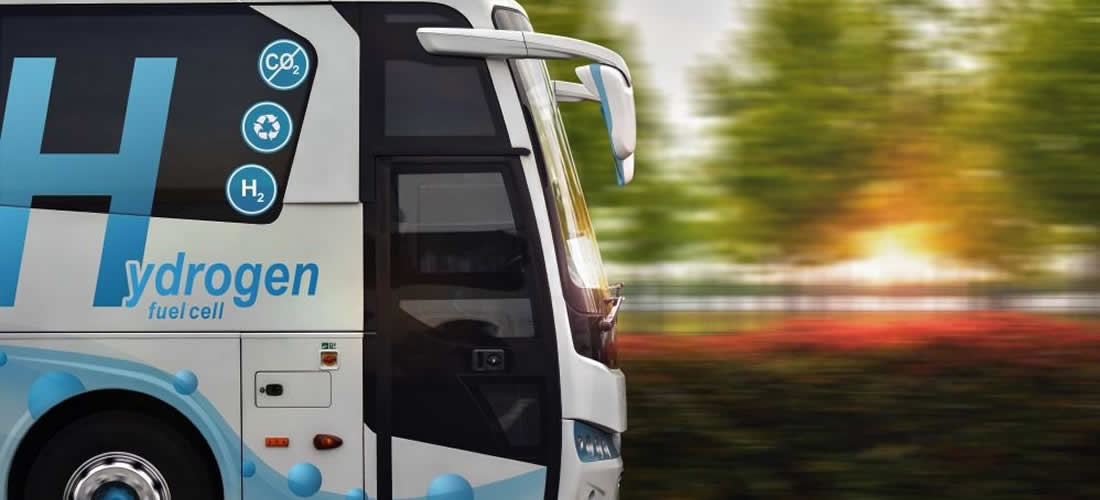Hydrogen’s production versatility, coupled with its potential as an energy vector, positions it as a potentially important fuel for the future. It can be sourced in many different ways, and has the ability to meet many applications, both in existing and future technology, and this means that hydrogen is in the forefront of the minds of investors and policymakers. Moreover, hydrogen is not subject to the same geographical limitations as, say, fossil fuels or pure battery-electric systems.
When looking at the latest announcements concerning hydrogen, the EU has set an ambitious target for hydrogen demand by 2030, specifically to import 10 MT of renewable hydrogen a year by that date. This target could kick-start the international trade of renewable hydrogen, and already more than fifty countries have announced, or are preparing, hydrogen strategies. Between them, these strategies add up to more than 45 Mt of hydrogen capacity by 2030, although at the time of publishing, only 2 Mt of this capacity is at FID or at a more advanced stage, for operation by or before 2030. This contrast between announcements and capacity currently considered likely to come into operation creates many challenges and opportunities for countries who are considering the export or import of hydrogen. The EU’s latest hydrogen announcement places it in a strong position to shape the future decarbonized hydrogen market, as it could galvanize exporting countries to initiate production.
The EU has indicated the possible regions it is considering for future supply of renewable hydrogen, regions which include more than seventy countries. Within this total, this paper identifies fourteen promising countries for future hydrogen imports to the EU, of which six are expected to be among the first to deliver hydrogen, in the form of shipped ammonia, to EU shores. This paper also recognizes that discussion on future imports and exports of hydrogen requires focus on infrastructure, joint scenario building, technology cooperation, standardization, investments and finance frameworks, market development and trading platforms, education and training, and the creation of coordination hubs.
Source: oxfordenergy.org
 En
En Cs
Cs